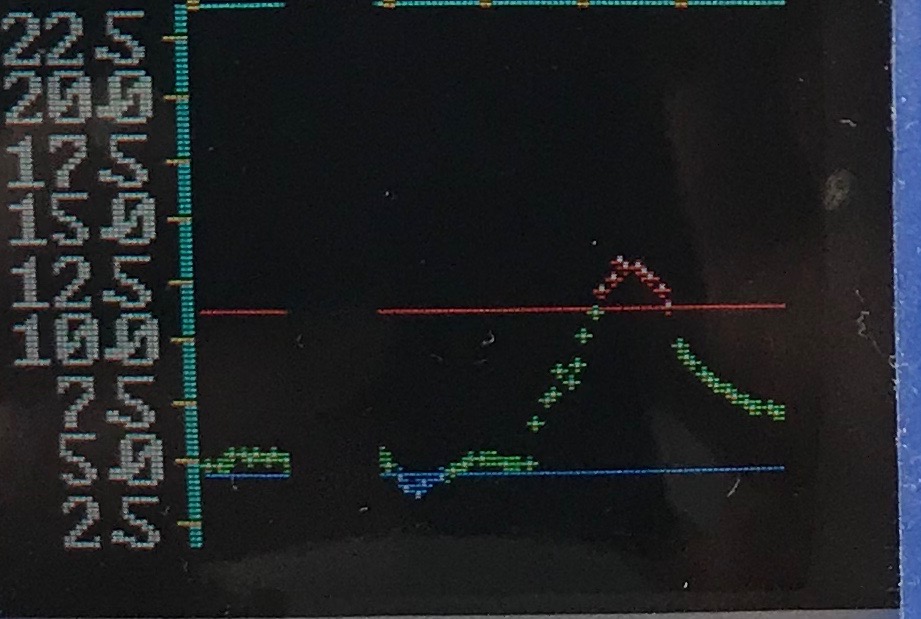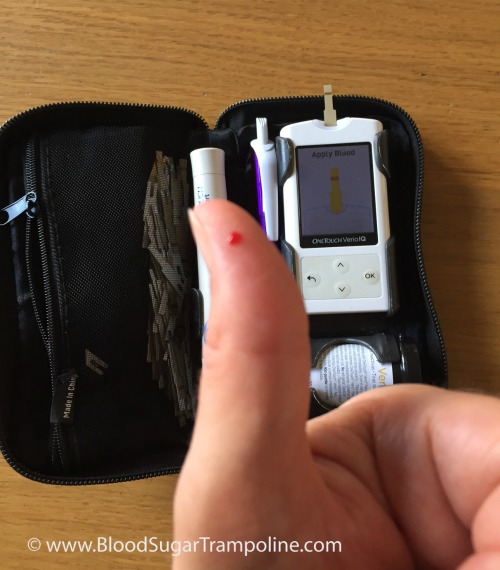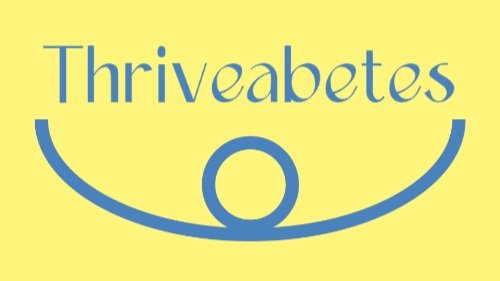I write quite a bit on BloodSugarTrampoline.com about how fortunate I am to have a Continuous Glucose Monitoring System CGM courtesy of our health service. It was something I had to fight for and I will never give it up or switch to a Freestyle Libre. So why am I, a die hard CGM user, pushing for more people to be included in the Freestyle Libre reimbursement scheme here in Ireland?
We should all be included in the Freestyle Libre reimbursement because:
THE INFORMATION ON GLUCOSE LEVELS

Firstly, the information that both a CGM and the Libre provide about your blood glucose levels are similar, even though they are different types of technology. I wrote more about the Freestyle Libre here when it was launched in Ireland in November 2016. https://bloodsugartrampoline.com/blog/index.php/2016/11/01/funding-the-freestyle-libre
Having more information beyond a finger prick means you are better informed to make insulin dosing decisions. You can take action to avoid hypos and hypers before they happen. Within the first six months, that I used my CGM I brought my HbA1c down by one whole percent!!! I hadn’t been able to budge that number for years.
For decades, we have been using finger prick devices which don’t provide enough information about our glucose levels. The Freestyle Libre does provide this information and empowers us in our life with diabetes more and be less reliant on our diabetes health care team.
The Freestyle Libre also give our consultants more information to help us manage better.
I feel that having this information is priceless! Worth a lot more than €62.60 per year.
REASONABLE COST TO THE HEALTH SERVICE
CGMs are way more expensive, therefore more difficult to get funding for though the health service. And so if we can’t give everyone CGM’s why not give everyone, who want it, a Libre at a much more reasonable cost. The HSE estimates that it would only cost an additional €62.60 per person, per year for the Libre when you account for the reduction in test strips.
| Device name | Libre | Dexcom G5 | Medtronic Guardian Connect (Pay as you go Plan) |
| Start up cost | €169.90 | €397.72 | €660.1 |
| Sensor cost | €59.90 | €79.95 | €66.125 |
| Sensor cost per month | €119.80 | €319.80 | €316.25 |
| Annual cost of replacing Transmitter | N/A | 1254.6 | |
| annual cost of consumables | €1,437.60 | €5,092.20 | €3,795.00 |
EASY TO USE
- Minimum training, if any, required for people to insert and use. I was able to insert it using the photo instructions. Plug and go!
- It doesn't hurt like a finger prick check can sometimes hurt. So you’re more like to use it more. The once every 14 days doesn’t even hurt.
- It takes less time to get a glucose result, about 10-30 seconds versus 2 minutes using a traditional finger check monitor.
- It doesn’t cost more if you scan more often. And many studies show that increased glucose checks lead to better glucose management.
- It’s so discreet. No-one can tell that you are checking your glucose.
- It gives more information to aid in insulin dose calculations.
- AND, AND, you don’t need access to hand washing facilities like you would to get an accurate finger prick check.
“Continuous glucose monitors, or CGMs, have been around for over a decade, but poor quality and high costs have been barriers to use, says Irl Hirsch, who holds the Diabetes Treatment and Teaching Chair at the University of Washington School of Medicine.
But improvements on both fronts lead him to believe that CGMs will soon become the standard of care. At his own clinic, 60 percent of patients use one.”
It is a huge step forward for people with diabetes who were using finger prick devices only. I think that Dr Irl Hirsch is very insightful when he suggests that CGM’s, including the Libre will be the standard of care soon. I don’t think Ireland should be left behind again.
Here are some of my blog posts from Blood Sugar Trampoline on my experience with my CGM.
- How I got a CGM
- Things I've Learned about my Diabetes with a CGM
- To Know or Not to Know - A CGM Story
- The CGM Conversation is Changing
All people with diabetes need to be included in the Freestyle Libre reimbursement scheme. We should get to choose if we want this device or not.
Please join me outside Leinster House, Dublin 2 on Wednesday 18th April to present the Libre Petition to members of the Dáil.


 Gavin lives was diagnosed with type 1 diabetes at age 8 in 2000 and hopes that by doing this he will inspire others living with type 1 diabetes that they too can achieve their dreams but also to raise awareness in the wider public about the challenges living with type 1 diabetes.
Gavin lives was diagnosed with type 1 diabetes at age 8 in 2000 and hopes that by doing this he will inspire others living with type 1 diabetes that they too can achieve their dreams but also to raise awareness in the wider public about the challenges living with type 1 diabetes.
